Selling wholesale baked goods can be both rewarding and challenging! In this post, I'll be sharing a breakdown of everything you need to know about how to price wholesale baked goods.
The first bakery that I opened was a French Bakery and Cafe, serving both retail and wholesale customers. The shop was small, about 1100 square feet. On a busy day, we would serve about 35-50 lunch customers and sell approximately 100 assorted pastries, cakes, tarts, croissants, muffins, and cookies.
In addition to the retail business, we offered wholesale and delivered our baked goods daily to twenty different Starbucks and multiple local restaurants and cafes. While the storefront was always bustling, over two-thirds of our business came from wholesale accounts!
Here is how I priced my baked goods for wholesale and grew my business...
How to price wholesale baked goods: an overview
Wholesale is when your goods are sold in large amounts, usually to grocery stores or businesses instead of individual shoppers. In most cases, products are sold in bulk at a lower price per item than what your customers would pay if they bought directly from you. Shops and restaurants make money by selling items for a bit more than they bought them for.
Pros and cons of selling wholesale
Let's examine the pros and cons of selling wholesale using the provided terms:
Pros of selling wholesale
- Gross Profit: Selling wholesale allows businesses to generate revenue by selling large quantities of products at once, leading to higher gross profit margins.
- Minimal Customer Service Labor: With wholesale orders, the focus is primarily on bulk orders, requiring less individualized customer service compared to serving individual customers.
- Much-Needed Consistency: Wholesale agreements often involve consistent, predictable orders, providing stability and reliability for your business.
- Wholesale Costs: Wholesale pricing allows you to offer competitive prices to wholesale customers while still maintaining profitability.
Cons of selling wholesale
- Actual Cost: Calculating the actual cost of goods sold and determining wholesale pricing can be complex, requiring a good understanding of production costs, overhead, and desired profit margins.
- Suggested Retail Price: Wholesale pricing needs to consider the suggested retail price to make sure it aligns with competitor pricing.
- Costs of Goods: Meeting the demand for wholesale orders may require investments in equipment and labor impacting the overall costs of goods sold.
In general, selling wholesale can many offer advantages however, businesses must carefully manage costs and maintain product consistency to stay profitable and successful in the wholesale market.
The first step is to understand pricing
The first step is to understand pricing. This means knowing how much it costs you to make your products. You need to consider things like how much the ingredients cost, the cost of your packaging, how long it takes to make each item, and any other expenses you have, like utilities or business insurance. Once you know all these costs, you can decide how much you want to sell your products for.
How to price wholesale baked goods: the basics
As a bakery owner, it's essential to understand these business terms for pricing:
Cost of Goods Sold (COGS): The expenses for making each item, like ingredients and materials.
Labor Costs: The expenses associated with the time spent making products, whether by yourself or your employees, are typically calculated based on an hourly rate.
Overhead Costs: Ongoing business expenses not directly linked to product creation, such as rent and utilities.
Selling Price: The amount charged to customers for products.
Markup: The profit margin, calculated as the difference between the selling price and COGS.
Retail Price: The price charged to individual customers at the bakery or a retail store. It includes production costs, labor, overhead, and a profit margin.
Wholesale Price: The discounted price offered to businesses buying cookies in bulk. It covers production costs, labor, overhead expenses, and a smaller profit margin.
Understanding these basics will help you make informed pricing decisions for your bakery.
Retail price and wholesale price comparison
Let's take a look at the retail price and the wholesale price for a gourmet cookie:
- Retail Price: The retail price is the amount charged to individual customers who purchase the cookie directly from the bakery. This is typically a higher price because it includes the costs of production, labor, overhead, and a markup to cover both expenses and profit.
- Wholesale Price: The wholesale price is the discounted price offered to businesses or retailers who buy bulk orders to resell to their customers. Since wholesalers purchase in larger quantities, they receive a lower price per unit.
The wholesale price is generally lower than the retail price because it does not include the markup needed for retail profit margins. However, it still covers the costs of production, labor, overhead, and a smaller margin for the bakery's profit.
How to price wholesale baked goods
Let's use a chocolate chip cookie as an example with a COGS (Cost of Goods Sold) of $2.00.
Retail Price Calculations
Assuming a 45% markup for retail profit:
- Retail Markup = 45% of $2.00 = $0.90
- Retail Price = COGS + Retail Markup = $2.00 + $0.90 = $2.90
Wholesale Price Calculations
Offering a 30% markup for wholesale buyers:
- Wholesale Markup = 30% of $2.00= $0.60
- Wholesale Price = COGS + Wholesale Markup = $2.00 + $0.60 = $2.60
In this example, with a COGS of $2.00 per chocolate chip cookie, the retail price would be approximately $2.90, while the wholesale price would be around $2.60 per cookie.
How to set the right prices
Once the wholesale clients buy your baked goods, they will need to mark it up so that they can make a profit as well.
Wholesale customers can sell the items at the same price as you, or set their own prices. Your pricing strategy is an individual decision and depends on several factors. (Some things to consider are: will it directly compete with you, does the item have your name on it, etc)
Each business and industry is different, but I like to mark up bakery wholesale by 30% and retail by at least 45%. By doing this you are making a profit on wholesale, while still allowing your clients to have room for a markup themselves.
Do market research
Conducting market research is essential for the success of your wholesale business. The key is to understand your local competitors and identify various factors that can influence your market niche. The most important thing is to recognize gaps or unmet needs in the market and tailor your offerings accordingly.
For instance, take a look at your bakery menu and consider if there are areas where you can fill a void.
Are there many sandwich shops but a lack of quality bread bakeries? Does an independently owned restaurant require a custom dessert that you could provide?
Additionally, assess if your brand is strong enough that customers would seek it out elsewhere if other merchants carried it. Perhaps your favorite coffee shop serves excellent coffee but lacks quick grab-and-go options. In this case, you could propose providing individually wrapped breakfast cookies in various fun flavors to meet their needs.
Network with your community
Networking may sound a little uncomfortable but it’s just another way to say “talking about your business” with other people.
Some of my biggest wholesale accounts were people that I met at the gym, other parents at my kid’s school, and coffee shops that I visited frequently.
Cold Calling other businesses
Cold calling involves reaching out to businesses with whom you have no prior contact, whether in person, by phone, or by email, to introduce yourself and your offerings.
The key to successful networking lies in understanding the needs of your ideal customer and how you can provide solutions to their challenges.
When cold calling or networking, it's essential to actively listen to the struggles of the businesses you're contacting. Then, emphasize how your products or services can address their needs and add value to their operations.
For example, if a restaurant is unhappy with the frozen bread they're currently using, highlight how your freshly baked daily bread can enhance their menu and customer satisfaction
Similarly, if a busy office building requires weekly catering for meetings, emphasize the convenience and variety your company can provide by delivering dessert platters with different assortments each week.
This shows that you are willing to work with your ideal customer while showcasing your ability to meet their requirements as a wholesale distributor.
Put all your wholesale bakery information in print
Once you've introduced your wholesale bakery business and outlined how you can collaborate, it's crucial to provide detailed information about your operations.
Here's what potential clients will want to know:
- Wholesale Menu: Highlight your range of products available for wholesale purchase, including descriptions and pricing.
- Delivery Schedule: Specify your delivery days and times to ensure smooth logistics for clients receiving your products.
- Pricing: Clearly outline your pricing structure for each item on your wholesale menu, including any discounts for bulk orders.
- Payment Methods: Explain your payment process, whether it's cash on delivery (C.O.D) or invoicing, and provide any relevant payment terms.
- Minimum Order Requirements: Clarify if there's a minimum order quantity or value for delivery to help clients plan their purchases.
- Contracts or Agreements: If applicable, detail any agreements or contracts required for wholesale transactions, particularly if custom ingredients are involved.
- Order Placement: Specify the preferred method for clients to place their orders, whether it's through text, email, voicemail, or another channel.
- Packaging Options: Describe how your products will be packaged for resale, including whether items will be individually packaged or bulk packaged in boxes. Provide any recommendations or customization options available.
By addressing these key details, you can provide potential wholesale clients with the information they need to confidently engage with your bakery business and establish successful partnerships.
Follow up with free samples
After you've reached out to potential customers through networking or cold-calling and shared your wholesale menu and pricing information, it's essential to follow up and address any questions or concerns they may have.
A great way to reinforce your offerings and leave a lasting impression is by providing free samples. Consider assembling a selection of treats that align with their preferences or needs, showcasing the quality and variety of your products.
Alongside the samples, include additional copies of your menu and prices, ensuring they have all the necessary information at their fingertips. Don't forget to include a business card, making it easy for them to reach out to you for further inquiries or orders.
By proactively following up with free samples, you not only demonstrate the quality of your products but also reinforce your commitment to customer satisfaction and building long-term partnerships. This personal touch can significantly increase the likelihood of securing future orders and fostering positive relationships with potential wholesale clients.
How to price wholesale baked goods
In conclusion: you can expand your business reach by adding wholesale while still being profitable!
Adding wholesale is a good way to create more profit for your bakery business. Now you know how to find new wholesale customers, see a need, and solve the problem. Sending out samples and following up with your new future customers shows them you offer a high level of service. Most importantly, take the time to price your items so that you make a profit. You can add wholesale without worrying that you will lose money by lowering your prices.
You might also like these blog posts:
- How to Price Home-Baked Goods and Make a Profit
- How to Price Cakes and Cupcakes
- How to Price Cookies
Let me know in the comments what type of products you are planning to wholesale!



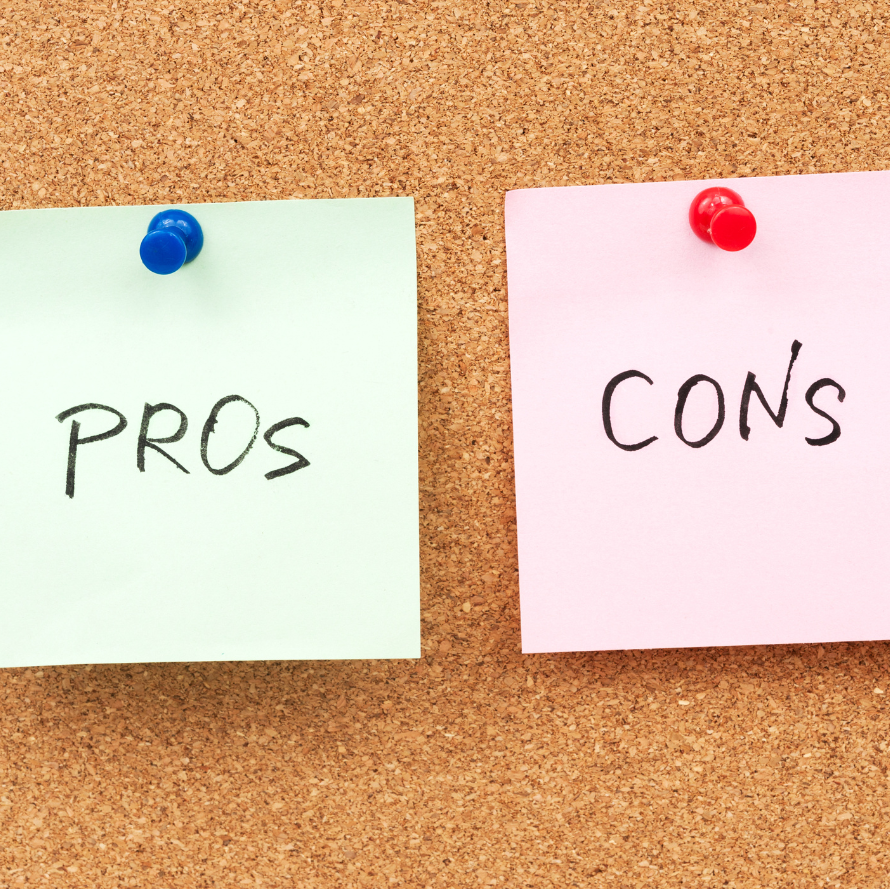
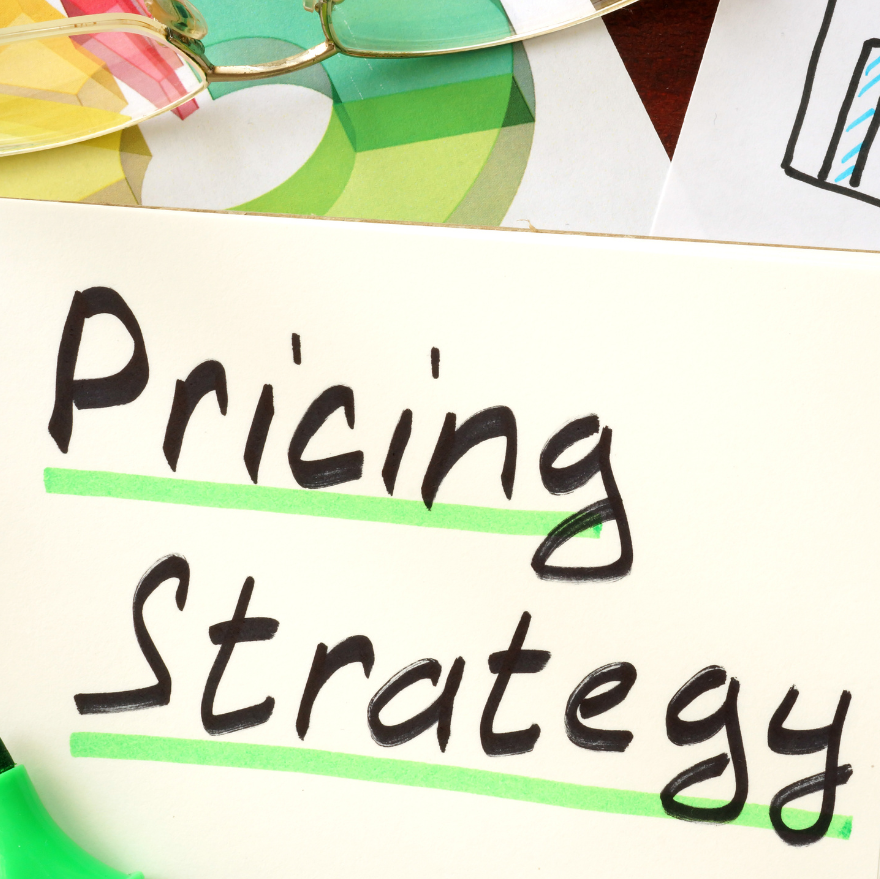
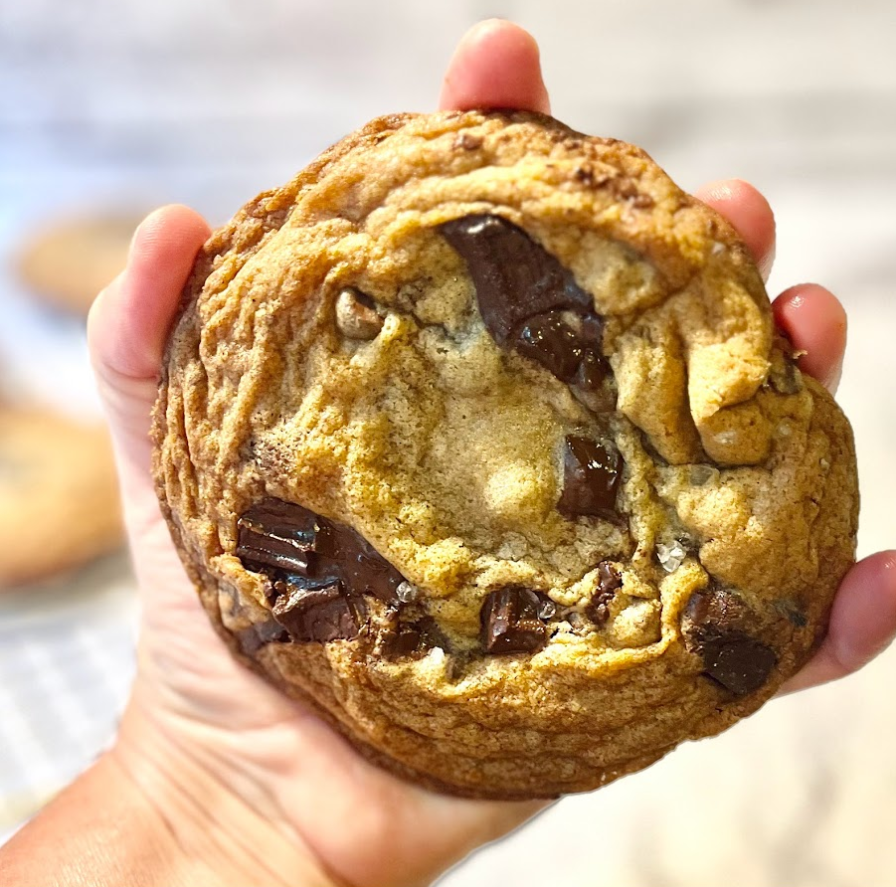


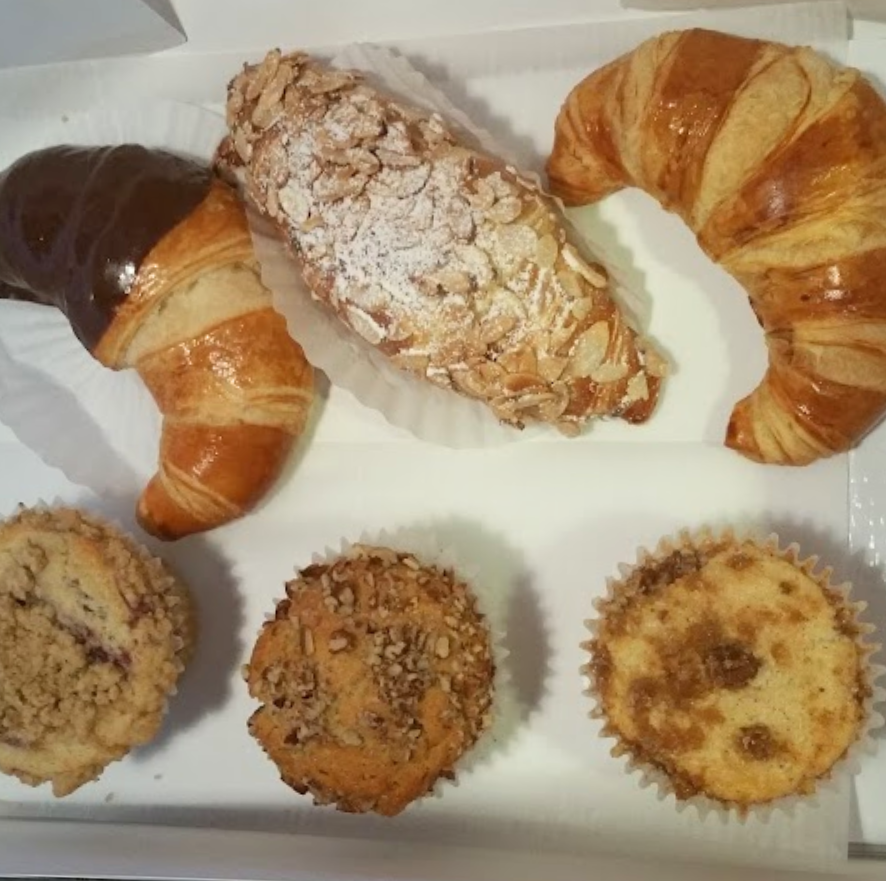
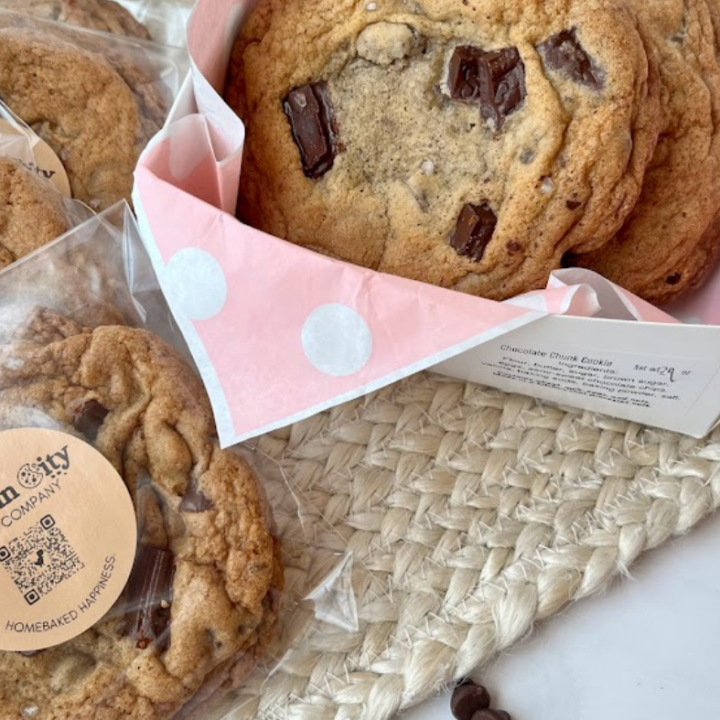

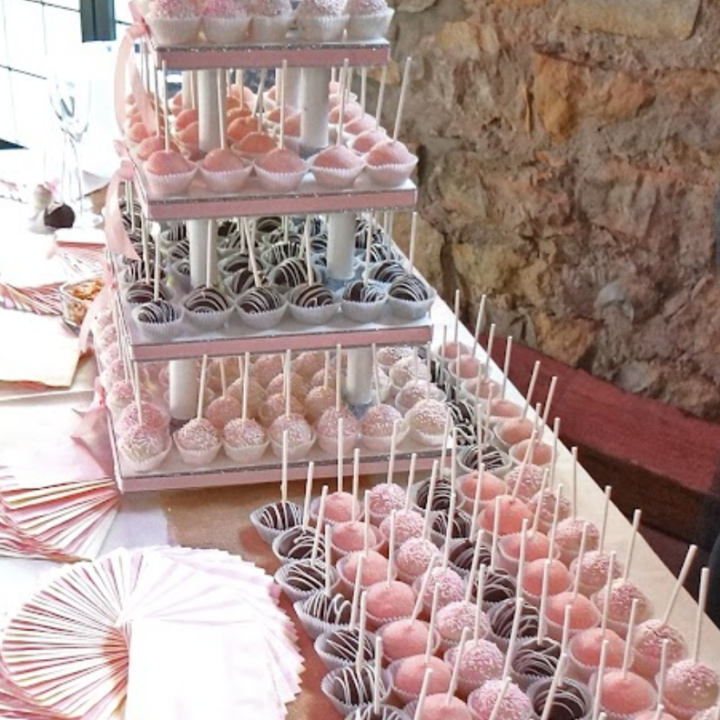
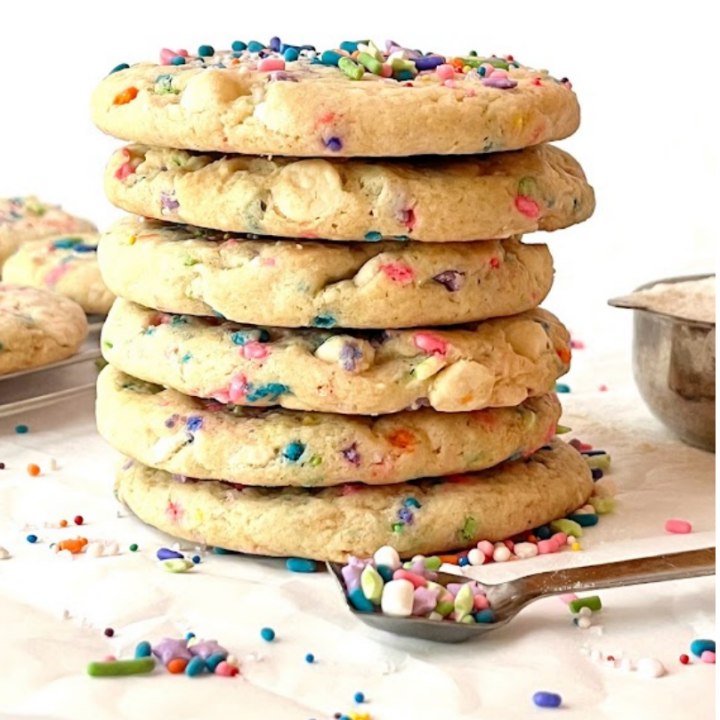
Leigh Keenan says
Great advice. Thank you for putting out there. 😊
Better Baker says
You're welcome Leigh!
Better Baker says
Hi Leigh, So glad you are enjoying the blog posts I write. If there is anything else you want to learn more about just comment! I'm always looking for new ideas. Have a great day!
Mxolisi Knowledge says
Thank you for affording us such an amazing platform for learning. Keep up the good, our bakeries will definitely grow because of you.
Young says
This has been very educational and fun to read as I am not too far away from starting my own baking business. If you don't mind, I hope you provide a response to my question: I live in an area where the average lease is quite expensive. I initially thought about biting the bullet and starting cafe/bakery business in a high traffic high lease area vs low lease and doing pickup/delivery service. Now I am thinking about opening in an industrial or cheap commercial area with many offices for wholesale. In general, would you recommend people to start retail and expand to wholesale or go straight into wholesale?
Better Baker says
While I can't offer advice, I can share my experience with you. My first venture into commercial baking was to start with wholesale. I did have existing clients from my home baking business that ensured some income from day one. I have also had a retail store with the "high traffic, high lease" scenario, and it's a bit scary because the high lease will always be there, but high traffic is not guaranteed. Additionally, high traffic doesn't always translate into high sales. I hope that helps! Please feel free to check out my group coaching program for more personalized feedback. You can read more about that here:https://betterbakerclub.lpages.co/coaching
Nayeli M Gomez says
This is so helpful! One question I have is, do you need to include a nutrition facts label to your wholesale items?
Better Baker says
Hi Nayeli, thanks for stopping by my blog, I'm glad you found it helpful! The requirements for your label are different for each state, so you should consult your state office that governs cottage foods operations. Good luck!
Jacqueline says
Thank you for your advice, it has been very helpful.
Jim says
If you are only charging $2.90 for a cookie that you made with a cost of goods @ $2, then you will be going out of business. Restaurants/bakeries should have a COGS somewhere in the 25-30% range. The price of your cookie should then be between $6 and $8.
I don't know where you came up with 45% markup, but that most likely will barely cover the cost of labor, much less overhead.